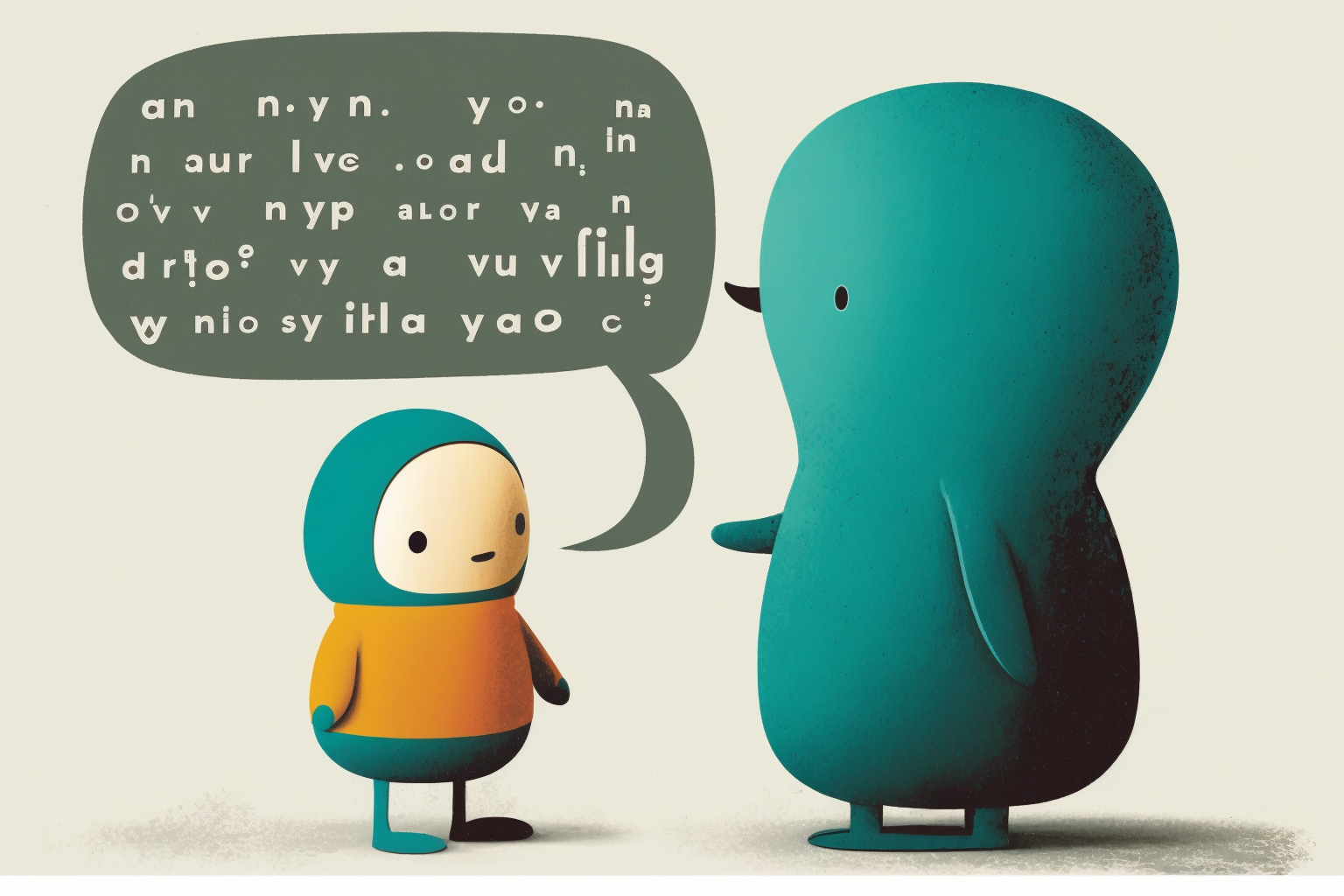Novel Writing Techniques for Conveying Character Feelings
by Mary Kole | Former literary agent, now a freelance editor, writing teacher, and IP/story developer for major publishers and creators.
There are many novel writing techniques that any writer can use, and one of our favorites when it comes to character is that of interiority (thoughts, feelings, reactions).
Crafting genuine emotion in your characters is important for connecting with your readers. But many writers lack the proper novel writing techniques to understand how it should be done.
I was recently helping a client with their manuscript and the character was angry in a specific scene. The person wrote something like, "Her anger rose." Unfortunately, naming emotions in emotional writing is the least effective way of getting those feelings across.
Novel Writing Techniques: Interiority
To really make the reader care, you can’t use words that name a character’s feelings. Instead, it's important to use language to create a picture of the emotion and how it resonates inside the character on a deeper level. To illustrate pain or suffering, you can use descriptions of physical sensations and show how it affects someone's behavior. You can also use metaphors or similes to compare the emotion to something else that’s more tangible. These are all valuable novel writing techniques.
But the more effective way to really dig into character feelings is to go into their head. What’s behind the anger? Betrayal? Sadness? Fear? What does the character think about in their moment of anger? We don’t get as much from seeing the external clenched fists as we do from seeing the thoughts that led to the character’s upset.
Novel Writing Techniques: Individuation
Be specific about what anger feels like to the character. Novel writing techniques that are not specific to that character are useless. Does this character actually revel in the sensation of rage? Is she excited to release her fury? Is she scared of not being able to control it? Does she recall the consequences of her last outburst?
When writing emotions authentically, there's much more complexity to feelings than just labeling them. You need to explore the specifics of the character. In this angry character’s case, it could be “Erin could feel the anger bubbling up and quickly suppressed it. She was terrified at the thought of a repeat of the previous meltdown that got her suspended.” This brings in some additional context for her to think about as she experiences this moment. Readers will feel more connected as a result, as they will have more of a lay of the land.
Novel Writing Techniques: Include Character Experiences
There are many experiences that a character can have, and their emotions end up conjuring up a laundry list of familiar emotions, gestures, and expressions. (See The Emotion Thesaurus by Angela Ackerman and Becca Puglisi.) These kinds of cues are a good place to start, but you shouldn’t stop there in learning different novel writing techniques.
To make your writing unique, you need to focus on your character's personal history and their relationship with their emotions. Everyone experiences emotions differently—your character is no exception.
It is our job as writers to curate the reader’s experience by highlighting the emotions of our characters—their thoughts, reactions, and feelings. This guides the reader along the story that we have crafted.
A pet peeve of mine in client manuscripts is when a character bluntly states, "I didn't know how to feel at that moment." Or, even worse, “Emotions rushed through him.”
These are huge copouts—the writer should be providing the reader with more specific active character reactions. Sure, feeling lost or numb or confused is a valid emotion, but there are much more creative ways to convey it. It's almost like being a puppet master with your character's feelings and the reader's emotions.
Once you know what the character is feeling and what you want readers to feel, you can master these novel writing techniques.
This post contains affiliate links.
Elevate Your Storytelling
Wherever you are in your writing journey—from an initial outline to a draft to pitching your project—the experienced team at Good Story Editing can take your work to the next level.


